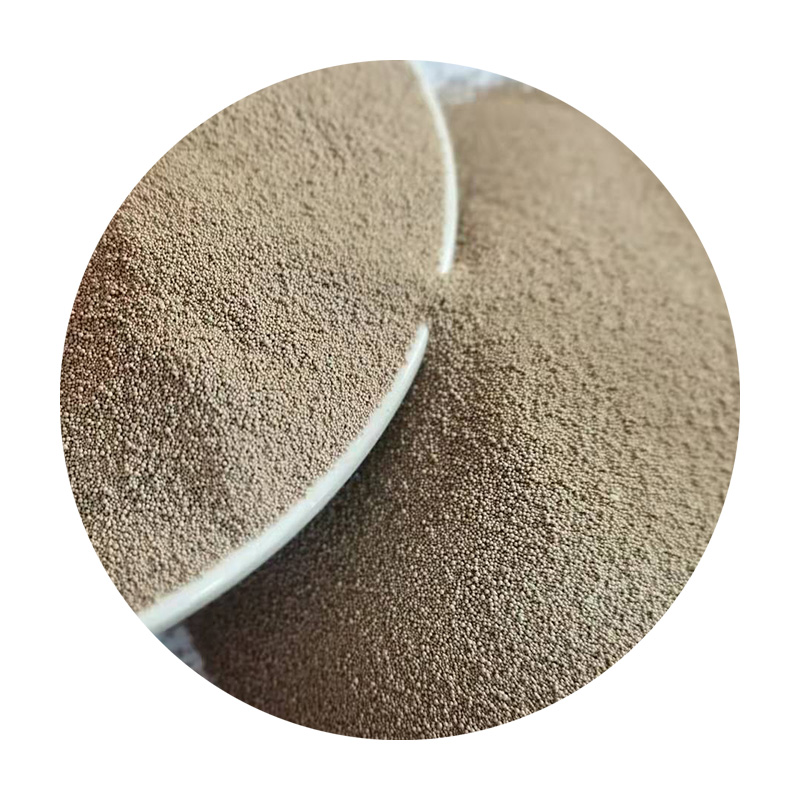Sustainable Innovations The Future of Sand 3D Printing
In recent years, the intersection of technology and sustainability has taken center stage, particularly within the realm of manufacturing. One of the most exciting developments to emerge is sand 3D printing, a method that not only revolutionizes the way we produce objects but also aligns closely with sustainability goals. This innovative technology utilizes sand as a primary raw material, offering a range of environmental benefits while maintaining versatility and efficiency in design and production.
Understanding Sand 3D Printing
Sand 3D printing, also known as binder jetting, involves the use of a binding agent that is selectively applied to layers of sand to create an object. The process begins with the deposition of a thin layer of sand on a build platform. A print head then precisely applies a liquid binding agent, layer by layer, until the desired form is complete. Once the printing is finished, the unbound sand is removed, leaving behind a sturdy creation.
The unique aspect of sand as a material lies in its abundance and availability. Sand is a resource that can be sourced from various locations, making it widely accessible. Furthermore, the type of sand used in additive manufacturing often includes a mixture that can be recycled after the printing process, significantly reducing waste.
Environmental Benefits
One of the pivotal advantages of sand 3D printing is its minimal environmental impact compared to conventional manufacturing techniques. Traditional manufacturing often involves the use of metals and plastics, which require resource-intensive processes that contribute to carbon emissions and pollution. In contrast, sand is a natural material that requires less energy to process.
Additionally, sand 3D printing helps to diminish the carbon footprint associated with transportation. Products can be manufactured locally, closer to their points of use, thus reducing the need for long-distance shipping. This localized production not only saves time and costs but also curtails the emissions associated with transport.
Moreover, the recycling potential of sand used in this process cannot be overstated. The removed sand after the printing is complete can be reused in subsequent projects, thereby decreasing the demand for new materials and promoting a circular economy. This practice supports sustainable development by conserving resources and minimizing waste.
sand 3d print

Applications of Sand 3D Printing
The versatility of sand 3D printing extends to various industries. In architecture, for instance, designers are exploring the use of sand-based systems to create complex structures that are not only aesthetically pleasing but also sustainable. The ability to print shapes that would be costly or impossible to achieve with traditional methods makes sand 3D printing an appealing option for architects and builders.
In the field of education and research, sand 3D printing serves as an excellent tool for prototyping. Thanks to its rapid production capabilities, students and researchers can test ideas with newfound expedience, facilitating innovation in engineering and design.
The casting industry also greatly benefits from this technology. Sand molds and cores can be produced quickly, enabling faster turnaround times for metal casting processes. This efficiency can lead to significant cost savings and increased productivity for manufacturers.
Challenges and Future Prospects
While sand 3D printing presents numerous advantages, it is not without challenges. The reliance on sand does raise concerns about resource depletion in certain regions, particularly where specific types of sand are required. Responsible sourcing and management will be crucial as the demand for sand increases.
Additionally, the technology is still evolving, and further advancements in the binding agents used could enhance the structural integrity of printed objects, broadening its applicability even further. As research and development continue, there is potential for breakthroughs that could make sand 3D printing an industry standard across multiple domains.
Conclusion
Ultimately, sand 3D printing epitomizes the future of sustainable manufacturing. By harnessing an abundant, recyclable material and reducing waste, this innovative technology offers a pathway to environmentally conscious production. As industries explore this frontier, we are likely to witness a transformation in manufacturing practices that prioritizes sustainability while still pushing the boundaries of design and functionality. Embracing sand 3D printing not only heralds a new era in manufacturing but also reflects a commitment to protecting our planet for future generations.
Post time:ნოე . 25, 2024 04:05
Next:Exploring Innovations in Ceramic Foundry Sand for Enhanced Casting Processes
